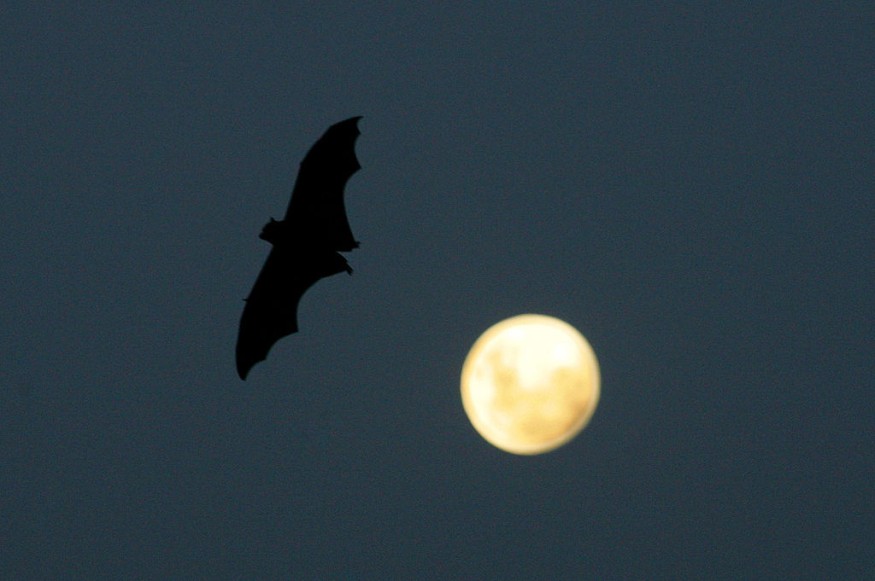Echolocation is popularly understood as the ability to perceive things with sound, rather than sight. And among the many species in the animal kingdom, the two most well-known for this ability are dolphins and bats.
However, a new study shows that, out of these two maestros of echoes, bats are the only ones who have the speed of sound innately hardwired into their intelligence.

Echoes and cognition - What bats teach
Now, to better understand what the study found, there are a couple of lesser known facts about bats that need to be known. Firstly, bats are not actually all that blind. They simply are more accustomed to seeing in dark and dim places. This means they use echolocation to essentially fill in the blanks of what their eyes cannot easily pick up. Secondly, they are far more intelligent that people think (even comparable to dolphins and primates).
Still, even knowing all this, experts have yet to fully understand how bats really put this all together in their minds. But according to the study, they found that this may have to do with the capacity to measure the amount of time it takes for their echoes to reach back to them. This strongly implies that they have an innate sense of how fast sound really is.
This has serious implications, not just for research into bats themselves, but in the way echolocation can be applied in other scientific fields. It also paints a more interesting picture of a bat's cognitive process. Their intelligence, combined with innate measurement of sound's speed, means they have a highly unique way of seeing the world around them.
Still, this different way of seeing things still has its own weird little blind spots. The same study shows that, when an environment is altered to make objects sound closer than they really are, the bats mistakenly believe that it is. And no matter how many times they made this mistake, the bats apparently showed no capacity of changing their innate sense of measurement to adapt.
Seeing the world through echoes
Another research has shown that human beings can also develop a certain degree of echolocation abilities just like bats. What was even more impressive was that this experiment essentially used devices that made it easier for the human ear to pick up the high frequencies used by bats for echolocation.
And much like real bats, the people who volunteered for this experiment were not blind either. They essentially use information taken from one sense (ears) to fill in the gaps in the other (sight).
Of course, there were still limits to just how overall accurate this type of 'seeing' can be. However, it certainly does look like a higher step in understanding human cognition. Unlike bats, the human brain has historically been capable of far more complex learning strategies and the neuroplasticity to alter its very structure to better process information from its senses. Perhaps sometime in the near future, there could be a genuine way to emulate a bat's ability to use sound and expand our perception of the world.
© 2025 NatureWorldNews.com All rights reserved. Do not reproduce without permission.





